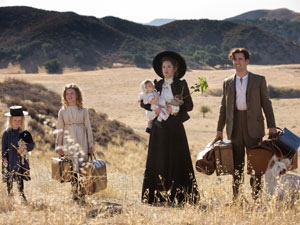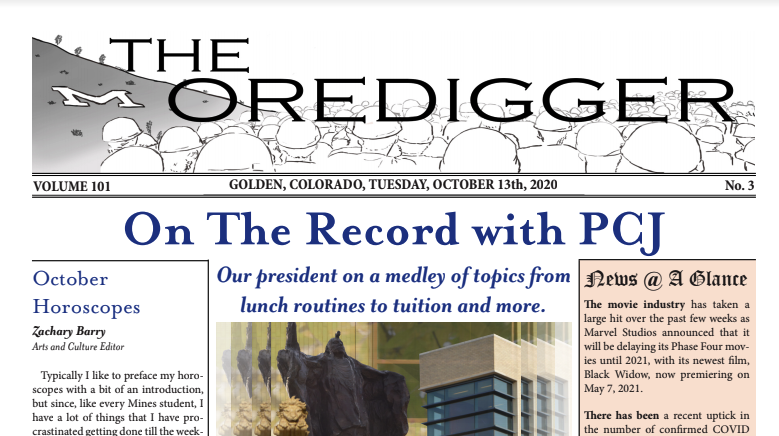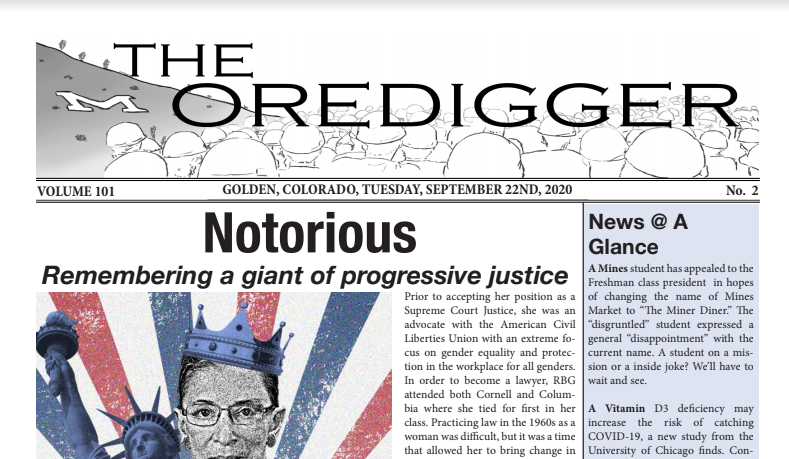In the tradition of 2004’s “Finding Neverland” (the story behind the creation of Peter Pan) comes “Saving Mr Banks,” the story behind the creation of Mary Poppins. The film tells two stories simultaneously: that of Mary Poppins’ creator’s childhood, and that of Walt Disney’s battle to secure the film rights from her. The fact that the majority of the audience know how the story ends does not stop the film from being entertaining or engaging – even delightful. But, as with most Disney productions, the events shown in the movie have been cleaned up a bit, and some of the darker aspects were left out altogether.
Nearly everyone knows the word supercalifragilisticexpialidocious, and nearly everyone knows it came from the 1964 Disney musical “Mary Poppins;” most readers will now have stuck in their heads the song that gave rise to one of the longest words in the Oxford dictionary. What most people do not know, however, is that the musical was based on a book, and what’s more, the book does not include that word. Richard and Robert Sherman, who composed the music for the film version, invented the word, along with several others. The author of the Mary Poppins book series cared very little indeed for the Sherman brothers’ inventive vocabulary. Much of “Saving Mr Banks” focuses on the clash of personalities between her and the composers hired to musical-ify her masterpiece. The remainder shows flashbacks of her childhood, making her appear sympathetic and providing reasons for why she was the way she was.
An Australian woman named P.L. Travers wrote the first Mary Poppins novel in 1934. At the time, she was living in England with a woman who may or may not have been her lover. Her life had been a bumpy one, colorful and often unpleasant. “Saving Mr Banks” does a good job getting this across, while leaving out some of the more sordid details.
P.L. Travers was born Helen Goff, the daughter of an heiress and an incompetent, alcoholic bank manager, who died when Helen was only seven years old. Most of the film focuses on this period in her life. After Helen’s mother attempted suicide in the wake of Helen’s father’s death, her primary caregiver was a great aunt, not a hired nanny as portrayed in the film, and it is this aunt on whom much of Mary Poppins’ original character is based. In the books, Mary Poppins, the magical nanny for whom the series and the film are named, is quite different from the kindly, nightingale-voiced Julie Andrews of the film adaptation. She is described as “frightening,” plain in appearance (very much unlike Julie Andrews!), and the books are often dark. Travers never intended to publish her novel, only doing so after a friend showed it to a publisher, who was immediately enthralled. She went on to write six Mary Poppins books.
A friend, in interview, described Travers as “a complicated, profoundly unusual woman.” This is putting things lightly. Travers was a compulsive liar, preferring theatrics to the truth. For years, her own closest friends had no idea she had been born in Australia. She was as controlling over her books as she was over the Disney film, dictating everything about them to the publisher, down to the typeface in which it was set. She also wrote erotic poetry.
In 1939, Travers adopted a baby. She had attempted to adopt her 16-year-old maid some years earlier, unsuccessfully, resulting in her firing the maid. Now, she agreed to adopt twin boys from a poor Dublin family who could not support their seven children. When she arrived to collect the boys, however, she refused to take both. Instead, on the advice of her astrologer, she took one of them, Camillus, and left the other with the family. The novelty of being a mother wore off quickly for Travers. As soon as Camillus was old enough, she sent him to boarding school. She never told the boy that he was adopted, much less that he had a twin. He discovered the truth when his twin brother tracked him down at age seventeen. The results were disastrous. He felt, rightly, “betrayed – cheated,” as he put it in an interview. His daughter says Camillus “never, never, never got over” it. Indeed, while Travers was signing her contract with Disney, her son was in prison for DUI.
Fortunately, Camillus’ existence is never mentioned in “Saving Mr. Banks,” or it would be difficult to empathize with Travers, even with Emma Thompson’s superb, harsh, yet vulnerable portrayal of Travers (for which she ought to have been nominated for an Oscar).
As shown in the film, Walt Disney decided to make Mary Poppins into a movie at the request of his daughter, Diane. Travers hated Disney’s works long before he approached her to purchase the rights to her book. She disliked “sentimentality,” so it was no surprise she turned him down when he came knocking. It would take over fifteen years before Mary Poppins, the movie, was to become a reality. The offer Travers accepted was $100,000 cash, 5% of all profits, and the right to approve the script before production went forward. It was any author’s dream. It was also the only way that Disney could fulfill his promise to his daughter.
The events portrayed in the film – the discussions between Travers, the Sherman brothers, and the Disney scriptwriter, Don DeGradi – took ten days. Richard Sherman describes that time as “two weeks I would hate to go through again.” Though Travers seems deeply unpleasant in the movie, Sherman promises that she was much worse in real life. The Sherman brothers went on to win the Academy Award for best score for Mary Poppins, however. The song “Feed the Birds” remained Walt Disney’s favorite of the Shermans’ compositions til the day he died; it was also the only one Travers liked. (The Sherman brothers’ most well-known composition, however, is “It’s a Small World After All.”) Robert, the elder of the brothers, was a decorated war hero, a fact alluded to in the film, and the brothers achieved great success with Disney; Mary Poppins was only the beginning for them.
Sadly, where Travers is concerned, the real-life version of this story does not have a happy ending. Though it’s true that Travers cried at the film’s premiere, it was not (as the Mr. Banks filmmakers would have the audience believe) because it brought back memories of her childhood or somehow helped her to reconcile with her tragic past. It was because she hated it so much that it made her feel, as she later wrote to her lawyer, that she “would never write – let alone smile – again”. After the premiere, Travers went to Disney and told him the cartoons must be deleted from the film. “Pam,” replied Disney, “the ship has sailed.” That would be the end of their negotiations.
Travers eventually “learned to live with” Disney’s masterpiece – not least because it ensured her continued financial wealth. She never sold the rights to the rest of her books, however, despite requests. When, in the 1990s, a stage version was made of Mary Poppins, Travers agreed only on condition that the Sherman Brothers would not be involved and that only British writers be allowed to work on it.
In the end, her sour personality took its toll. According to the New York Times, Travers’ own grandchildren said she “died not loving anyone and nobody loving her.” This is one case in which the viewer wishes that Disney Studios’ rose-colored glasses could change reality instead of merely painting it in a prettier light.
4 out of 5 stars.
Rated PG-13 because even Disney cannot hide the fact that P.L. Travers was a class-A b*tch.




'Saving Mr. Banks Only Tells Part of the Story' has no comments
Be the first to comment this post!